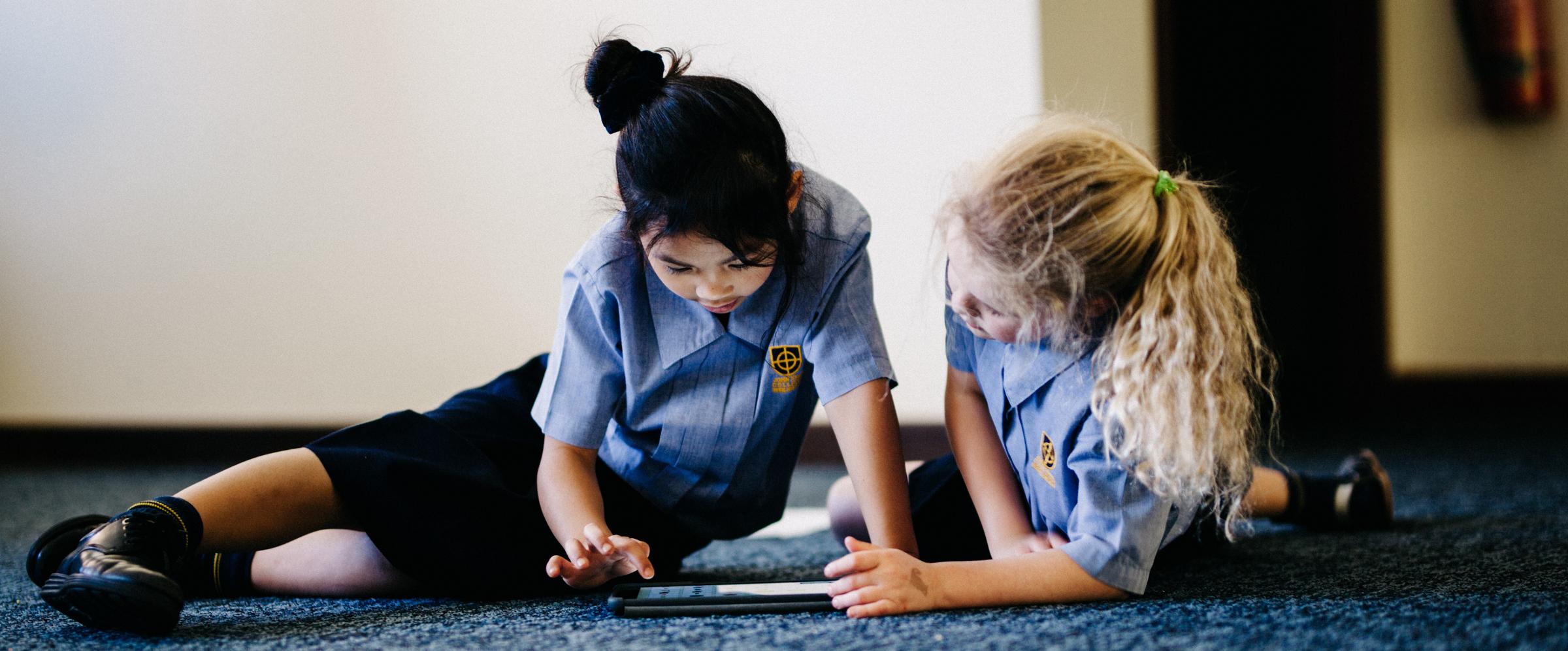Cyber Safety

Three steps to a safer YouTube
When it comes to young kids’ screen-time, it’s all about online video. And when it comes to online video, it’s all about YouTube. Here's how to make their experience a positive one.
Recent figures show the amount of time young children spend watching videos has doubled in the past three years. The percentage who watch every day has increased from a quarter to a third.
Pre-pandemic, the average kid aged four to 15 was spending 85 minutes per day watching YouTube videos. Today, we're witnessing a further explosion in viewing, as children's non-screen activities have been severely restricted.
There's plenty of great stuff for kids to watch - but there are plenty of concerns as well.
A new study by Common Sense Media outlines the steps parents need to take to ensure their kids avoid the nasties, and get the best out of their YouTube experience.
DID YOU KNOW?
Nearly a third of today’s kids aspire to be YouTubers
Step One: Be aware of what’s being fed to your child
YouTube’s algorithm - the program that determines what goes into users’ feeds - is based on:
- What your child has watched previously
- The videos currently getting the most attention by others
- Information about your child that YouTube has collected
And then there are the ads. This will also appear, folded into the recommended video feed.
You need to know that “suggested videos” that appear in your child’s feed are not necessarily appropriate.
Step Two: Be aware of how YouTube advertising works
There is no such thing as a free lunch - and there is no such thing as free content either. On YouTube, ads are the price users pay for access. And they are also the way YouTubers make their living on the platform.
Ads can appear in both predictable and unpredictable ways. They can play before the video begins or appear in the sidebar - or they may simply interrupt viewing.
The content of YouTube advertising is all over the online shop. Some of it may feature content similar to the videos your child is watching. Those are called “context-based” ads. (Think toys, games and snack foods.) But others may feature completely inappropriate or grown-up content. (Think political ads.)
It’s important to explain to your child that their favourite influencers make money through paid promotions and sponsorships by big grands. Kids are often quite shocked to learn this, as it's rarely openly acknowledged.
Nine-year-old Ryan Kaji for example - who's been a YouTube star since the age of four - was ranked the platform’s highest earner in 2018. He earned US$22 million from advertising, sales and sponsorships.
No wonder studies show nearly a third of today’s kids aspire to be YouTubers! Yet as one academic commentator noted, “The fact is most wannabe influencers have as much a chance of walking on the Moon as they do of emulating Ryan Kaji. They’ll be lucky, in fact, to earn as much as someone working at a fast-food joint.”
Step 3: Figure out of your child’s favourite videos are appropriate
It’s your call to judge what’s appropriate for your kids and what’s not. But where do you start?
First and most important, you’ll need to watch along with your kids to see whether you like the messages and role models in the videos they watch.
Be aware - and explain to your child - that many videos on YouTube are essentially long commercials for toys and other branded products.
A recent study by Common Sense Media and C.S. Mott Children’s Hospital found tons of problematic content in the videos kids typically watch. About a third of them featured physical violence, for example, while meanness and bullying was evident in 1 out of 5.
Don’t expect the stars of these videos to be upfront about content. Some YouTubers purposely avoid saying their videos are not for kids so that they can get more ad revenue.
B
e aware - and explain to your child - that many videos on YouTube are essentially long commercials for toys and other branded products.
What about YouTube Kids?
Yes, this IS a better choice for preschoolers through to teens. But it’s not perfect.
Who can forget the “Elsagate” scandals of 2017, which saw violent, obscene and otherwise wholly inappropriate material popping up on both YouTube and YouTube Kids?
In response, the platform adopted stricter guidelines and more recently has begun to mass-delete channels and videos inaccurately labelled “child-friendly.”
Parents can sign up for a YouTube Red subscription which removes ads.
“Though YouTube Kids is well made and fun to use and offers a lot of videos that are perfectly fine for kids,” note the experts at Common Sense Media, “the outliers [including Elsagate-type material] and the frequency of branded content mean it's essential for parents to stay involved.”
Reference: https://www.familyzone.com/anz/families/blog/make-youtube-safer-for-your-child


